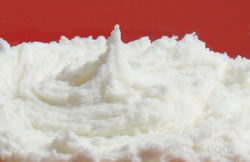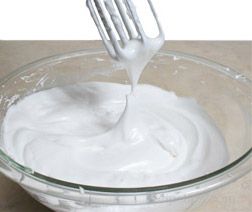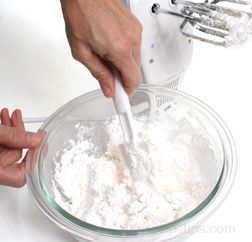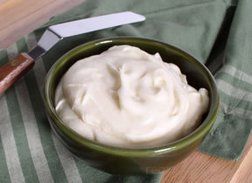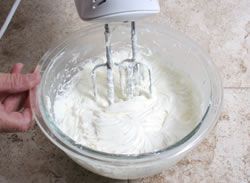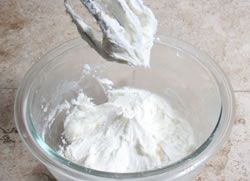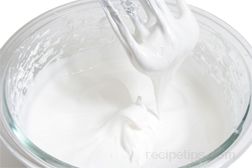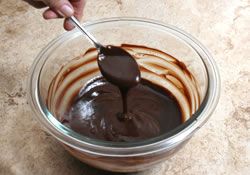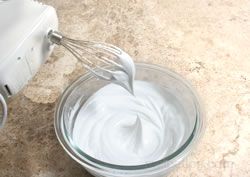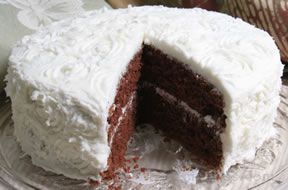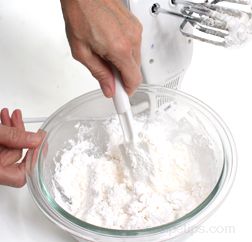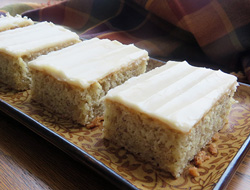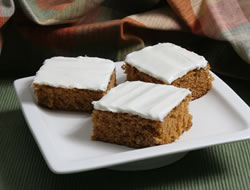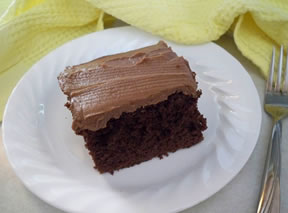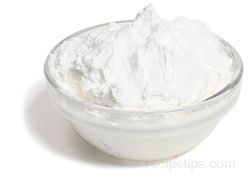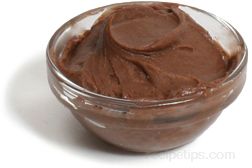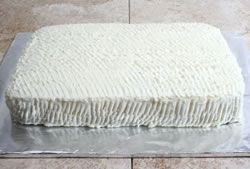|
| ||||||||||||||||||||||||||||||||||||||||
| Buttercream Frosting | |||
| |||
|
| ||
| |||
Different Consistencies and When to Use Them
Stiff Frosting | Medium Frosting | Thin Frosting
Stiff Frosting ConsistencyFrosting with a stiff consistency is best used for making flowers with petals that need to stand up and for other upright figures. If the frosting is not stiff enough, the frosting design will droop. | ||
|
| |
Medium consistency frosting works best for creating designs where flatter decorations are used, such as flat petal flowers, dots, and stars. It also works better on thick borders and where a repeated pattern is used because the medium consistency frosting will flow easier than the frosting with a stiff consistency. | ||
|
 | |
|
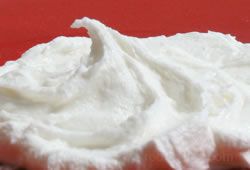 | |
The thin consistency frosting is best used for writing, leaves, creating vines, stems, lattice, and lace. The thin frosting is also used for icing the surface of the cake. | ||
|
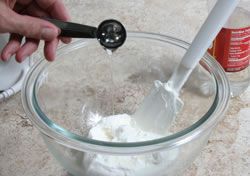 | |
|
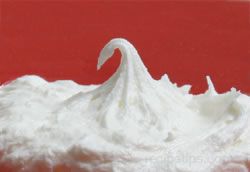 | |





